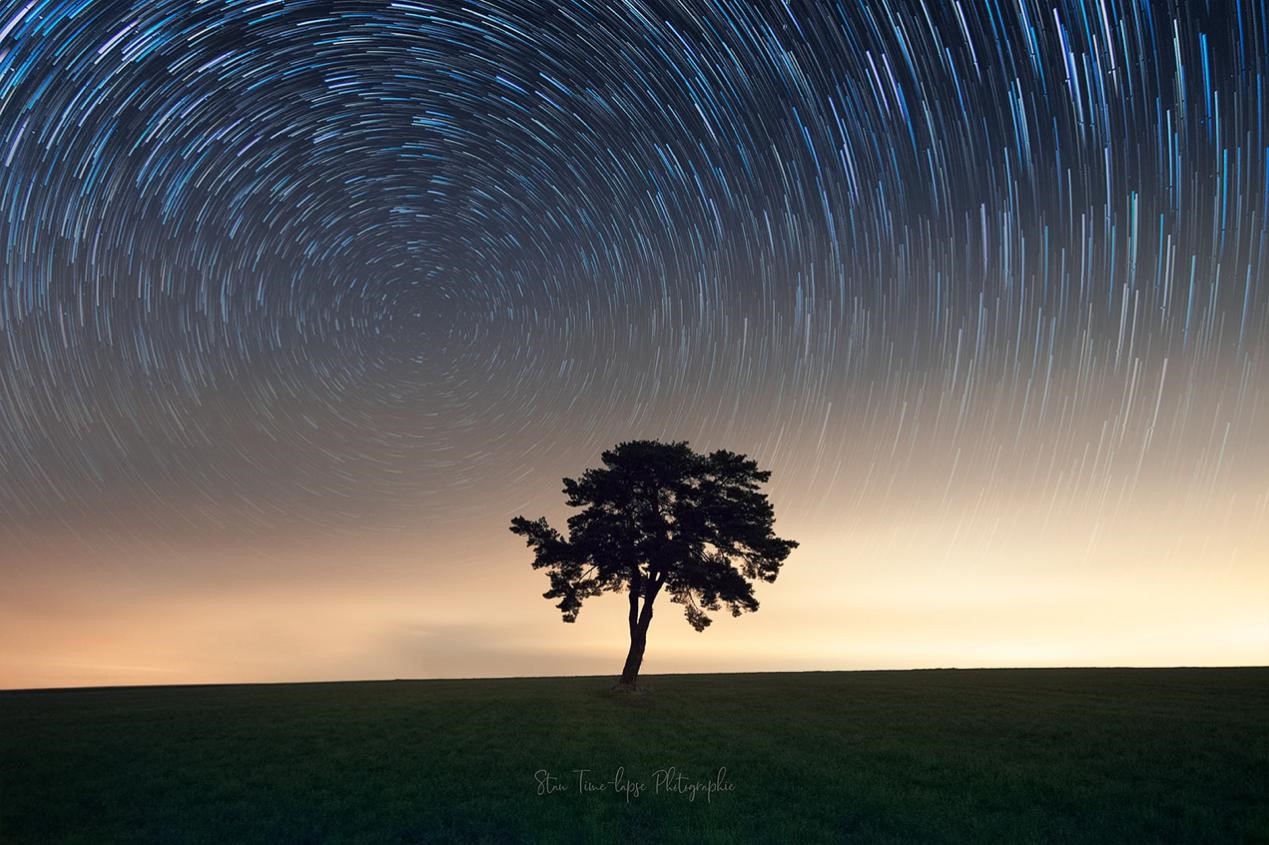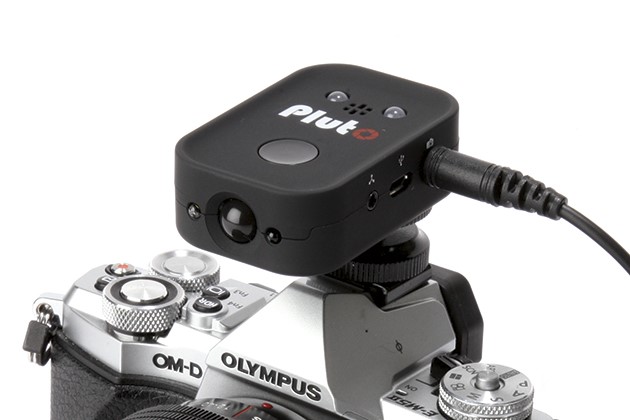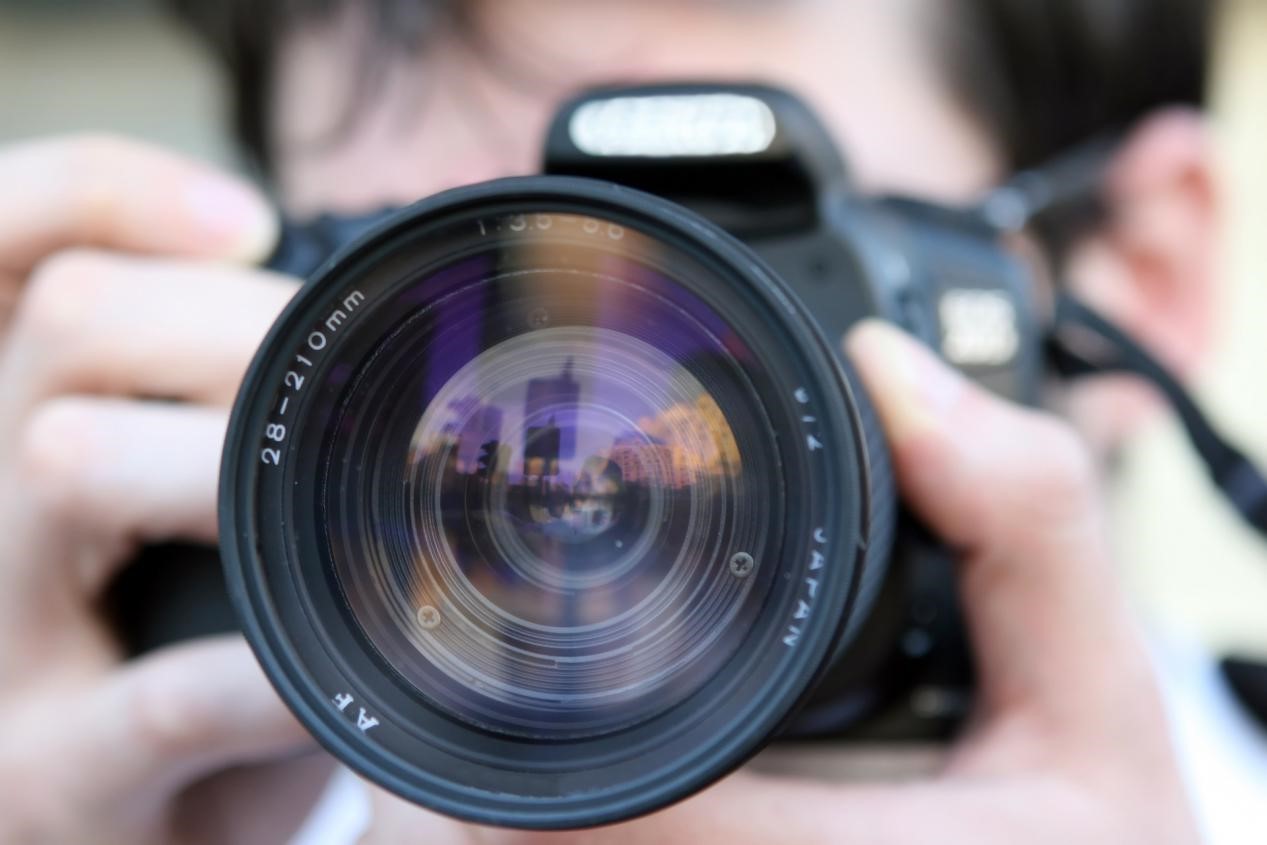We all know that some of the best stuff comes in pairs. Like the perfect combination of peanut butter and jelly sandwich. The same is true for your camera, where the essential pair consists of aperture and shutter.
When you use the aperture priority control of your digital camera, you can get more creating and move beyond its automatic settings. In this guide, we will learn more about the shutter priority mode and explain why getting a camera trigger is the best decision you can take this year.
What Is “Shutter Priority”?
This aspect can be tricky for most beginners. Your camera’s aperture and shutter are meant to do mostly the same thing. They control the amount of light, which is reaching the sensor to record a picture. If you have a wide-open aperture, the shutter will open for a short time. However, you should close the aperture to include less light so that you will be able to expose the photo yet and adequately not lengthen the time when the shutter is open.
Besides, the aperture and shutter controls can affect a photo and make it look very different. In particular, the choice of aperture affects the photo’s depth of field. While the shutter can make a photo look sharp or blurry based on how long it’s open.
All To Consider When Selecting the Shutter Priority
It doesn’t matter what type of digital camera you have; it will almost surely have a shutter priority shooting mode. You can press “S” to activate it. On some Canon models, you should look for the letters “Tv” to find the shutter priority. After selecting this setting, you can choose the shutter speed. The camera will then match the aperture to expose best the photo you want to take.

How to Get Great Results With Shutter Priority
You might be wondering what’s the right shutter speed for a specific situation. In the beginning, you should opt for a shutter speed that’s high enough to decrease any shakiness when holding the camera. In average daylight, you can choose 1/30 second as the slowest acceptable speed. This is true if you have relatively steady hands but not if you are somehow bracing the camera. You can also get good results at 1/15 second if you can rest against a handy wall, door frame, or tree.
Our suggestions here are to be considered when you’re zoomed out as well as when the lens is set at a wide-angle or “normal” focal length. If you can rely on a camera with beefy lens 3X zoom or more, you should shoot a lot faster to freeze the action. If you can count on a 35mm film camera, you should shoot at a shutter speed that it’s the inverse of the focal length. This means that if you have a 200mm lens, you should get as close as 1/200 seconds as you can. While if you have a 50mm lens, you will then get as closer to 1/50 second as possible. The same is true if your digital camera has a zoom lens of up to 200mm and more. If that’s the case, you should then crank up the shutter speed accordingly.

Conclusions
You can follow these suggestions to get sharp photos with a camera set to shutter priority. After mastering this skill, you will be ready to experiment with action photography. That’s the field where the shutter priority mode is king.
For taking the best pictures, you also need a camera trigger. Our top suggestion is the Pluto Trigger, which works as an infrared remote but can also be connected to a smartphone over Bluetooth 4.0 LE. This last feature will be your best ally for programming and setup of advanced models. Say good-bye to average photos with this convenient camera trigger.
